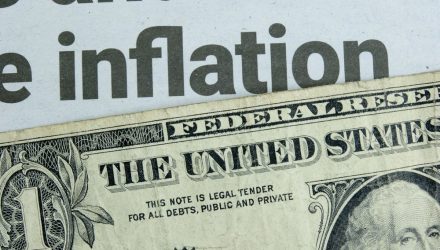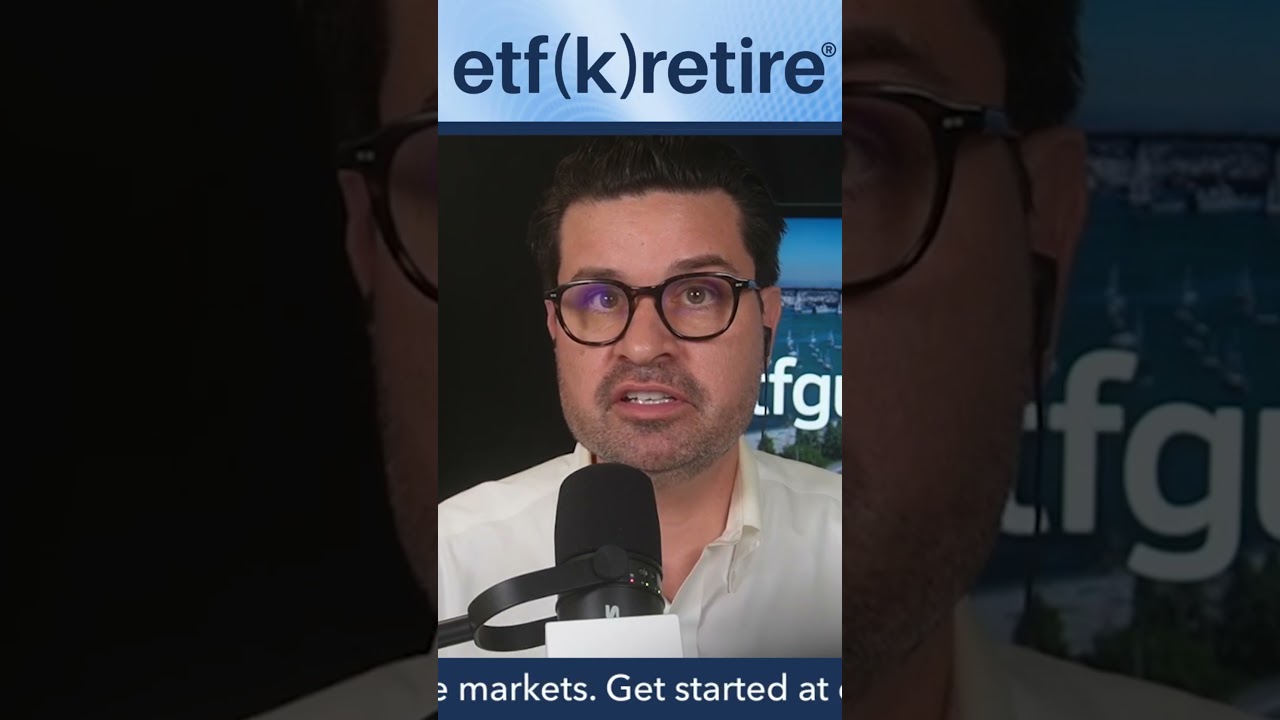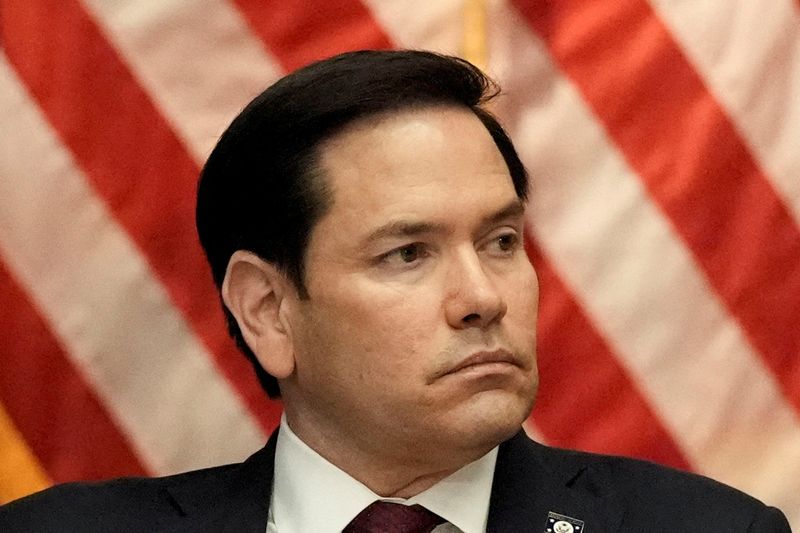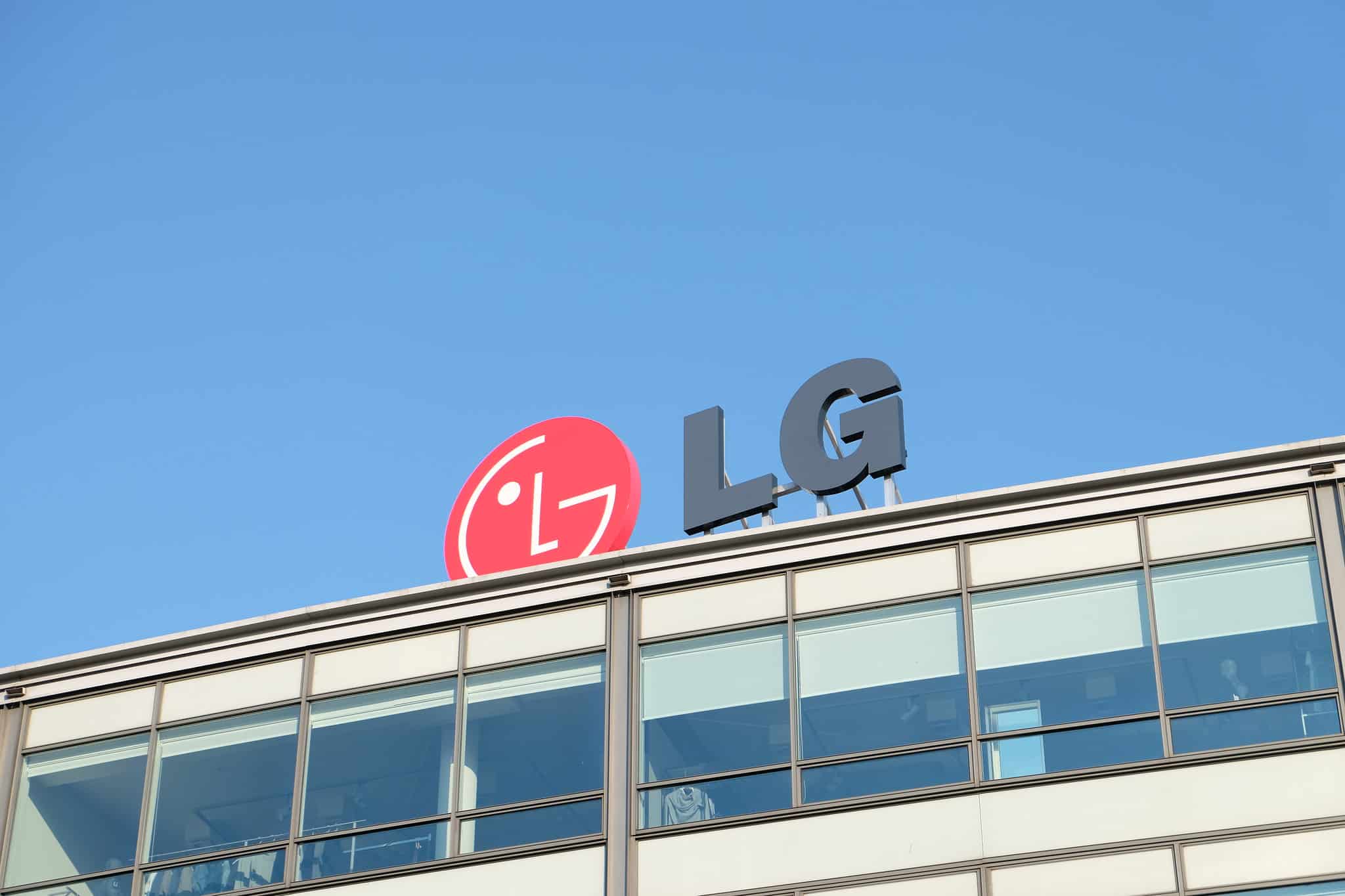2 Fidelity ETFs to Buy in May to Generate Big Passive Income In Retirement
Dividend stock investing is a cornerstone for retirees seeking reliable passive income, offering steady cash flow to supplement Social Security or pensions. High-dividend stocks, like those in consumer staples or utilities, provide stability, often outperforming growth stocks during market volatility. However, picking individual stocks carries risks, such as dividend cuts or sector-specific downturns. Exchange-traded funds […] The post 2 Fidelity ETFs to Buy in May to Generate Big Passive Income In Retirement appeared first on 24/7 Wall St..

Dividend stock investing is a cornerstone for retirees seeking reliable passive income, offering steady cash flow to supplement Social Security or pensions. High-dividend stocks, like those in consumer staples or utilities, provide stability, often outperforming growth stocks during market volatility.
However, picking individual stocks carries risks, such as dividend cuts or sector-specific downturns. Exchange-traded funds (ETFs), on the other hand, mitigate these risks by offering instant diversification across dozens or hundreds of stocks, ensuring that a single company’s failure doesn’t derail income. ETFs also typically have lower fees than actively managed funds, maximizing returns over time.
24/7 Wall St. Insights:
-
Because of their stability, reliability, and buffer against market downturns, buying dividend stocks is an excellent investment strategy for am income-focused retirement portfolio.
-
Exchange-traded funds off a hedge against the risks presented by buying individual stocks, which could be subject to company-specific concerns or sector-wide forces.
-
Fidelity is a low-cost ETF money manager with a reputation for offering a wide range of funds and competitive long-term performance for investors.
-
Are you ahead, or behind on retirement? SmartAsset’s free tool can match you with a financial advisor in minutes to help you answer that today. Each advisor has been carefully vetted and must act in your best interests. Don’t waste another minute; get started by clicking here.(Sponsor)
Fidelity ETFs are an excellent choice for investors seeking low-cost, diversified options, with expense ratios as low as 0.15%, broad sector exposure, and strong long-term performance, making them ideal for building a stable, income-focused portfolio. Performance, of course, varies by fund, and many track broad indexes, which by definition match, not exceed, market returns.
So, for retirees eyeing big passive income in May 2025, the two Fidelity ETFs below stand out for their yield, strength, and growth potential.
Fidelity High Dividend ETF (FDVV)
Fidelity High Dividend ETF (NYSEARCA:FDVV) is a powerhouse for income-focused retirees, offering a 3.2% dividend yield, well above the S&P 500’s 1.3%. This ETF tracks the Fidelity High Dividend Index, focusing on large- and mid-cap companies with sustainable and growing payouts, such as Apple (NASDAQ:AAPL), Microsoft (NASDAQ:MSFT), and ExxonMobil (NYSE:XOM). Of the 123 stocks in its portfolio, the top 10 comprise 30% of the portfolio.
FDVV’s strategy balances high yield with quality by screening for payout ratios and dividend growth, rejecting risky firms with unsustainable dividends. Its diversified holdings across technology, energy, and consumer staples — sectors known for resilience — ensure steady income, with annualized returns beating its benchmark over one, three, and five years.
With an expense ratio of 0.16%, FDVV is cost-effective, and its $4.8 billion in assets under management reflect investor confidence while its high yield and focus on dividend growth (averaging 5% annually) make it a strong choice for compounding income over time.
Fidelity Low Volatility Factor ETF (FDLO)
The second Fidelity ETF income investors in retirement should buy is the Fidelity Low Volatility Factor ETF (NYSEARCA: FDLO), which prioritizes stability alongside income and yields 1.5% annually, better than its large-cap blend peer group’s average.
FDLO tracks the Fidelity U.S. Low Volatility Factor Index, focusing on large-cap stocks like Microsoft, Procter & Gamble (NYSE:PG), and Merck (NYSE:MRK), which exhibit lower price swings.
Over the past five years, FDLO’s standard deviation of 16 outperformed its category’s 18, offering a smoother ride during market downturns like 2022. This stability is crucial for retirees who can’t afford significant portfolio declines. FDLO also sports a 0.16% expense ratio, matching its peer’s cost efficiency while its $1.3 billion in assets reflect growing popularity.
The ETF’s focus on quality by screening for earnings consistency, and low debt, ensures dividend reliability, with holdings like Coca-Cola (NYSE:KO) providing defensive income. While its yield is lower than FDVV’s, FDLO’s 7.7% compound annual dividend growth over the last five years and lower volatility make it ideal for retirees seeking to balance income with capital preservation.
Key takeaways
Both Fidelity High Dividend ETF and Fidelity Low Volatility Factor ETF offer retirees compelling options for passive income while addressing different needs. The former’s 3.2% yield suits those chasing higher income, while FDLO’s 1.5% yield and lower volatility cater to risk-averse investors.
Risks include tariff impacts on holdings like Apple and potential rate hikes affecting large-caps. However, their diversified portfolios and low fees mitigate these concerns, making them strong buys for a retirement income strategy.
The post 2 Fidelity ETFs to Buy in May to Generate Big Passive Income In Retirement appeared first on 24/7 Wall St..






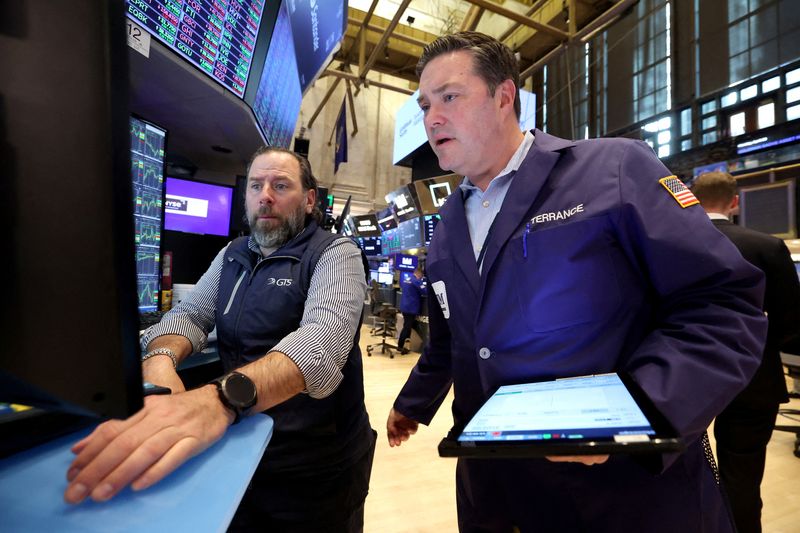














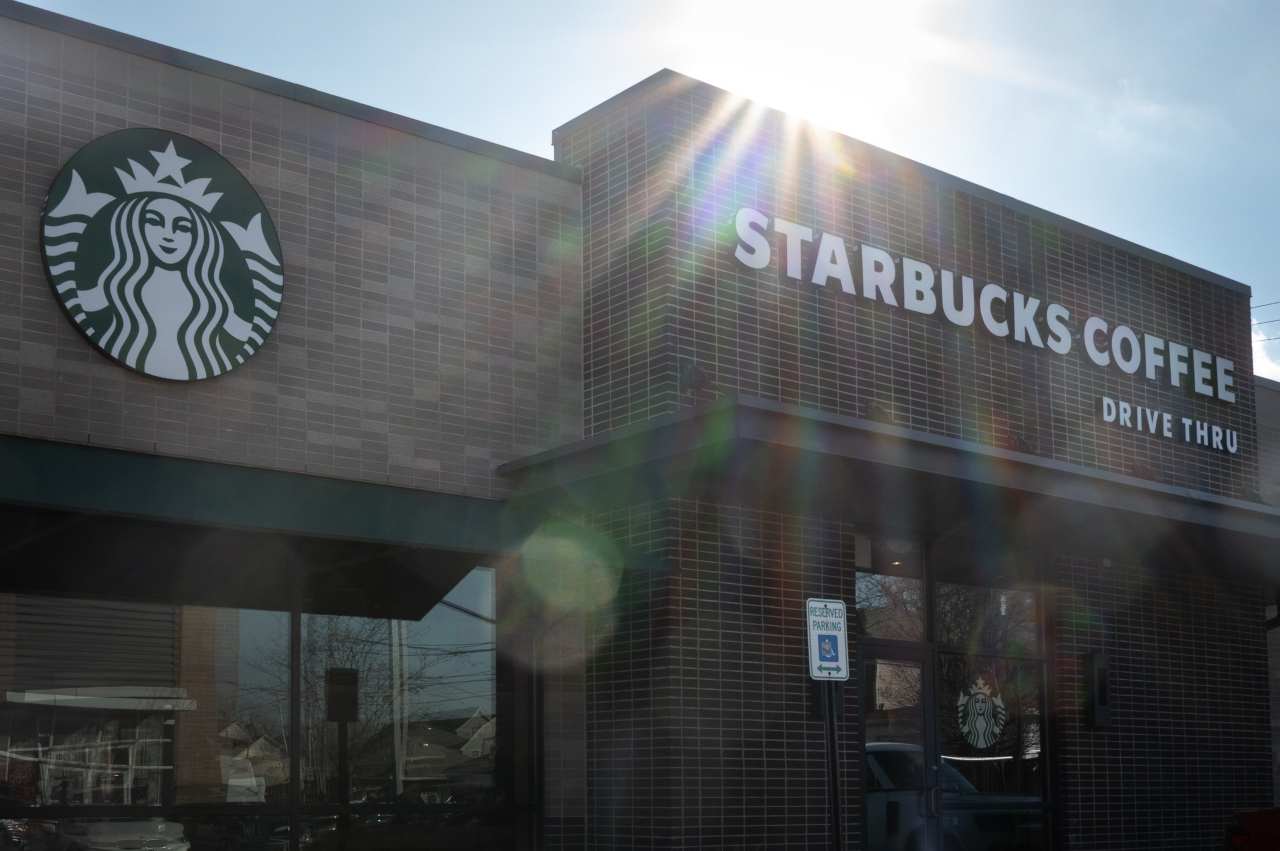
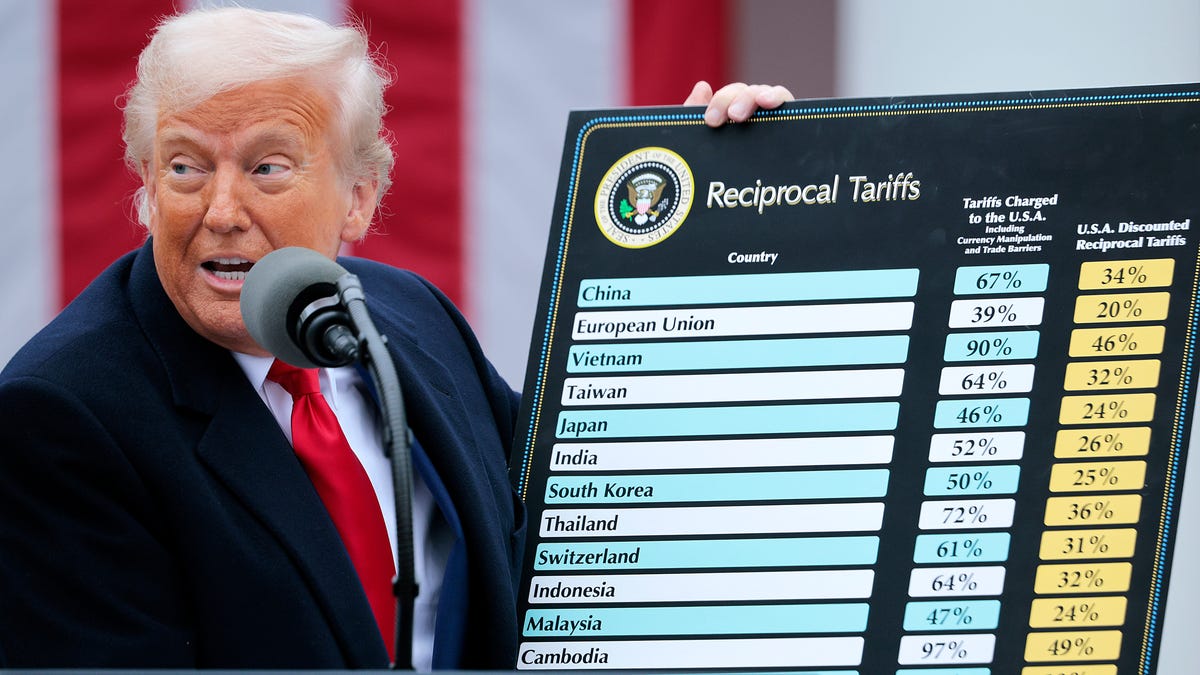


















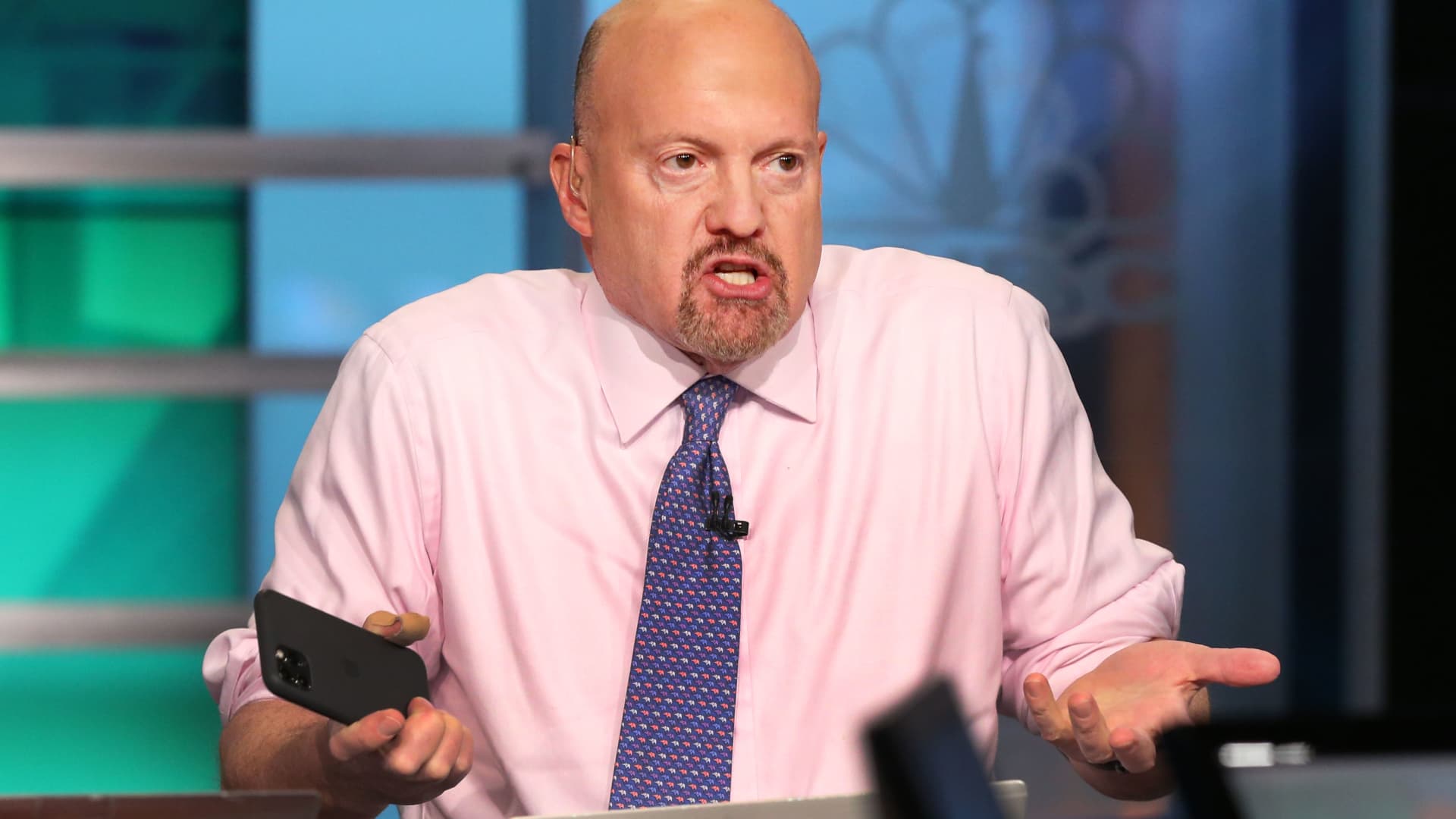






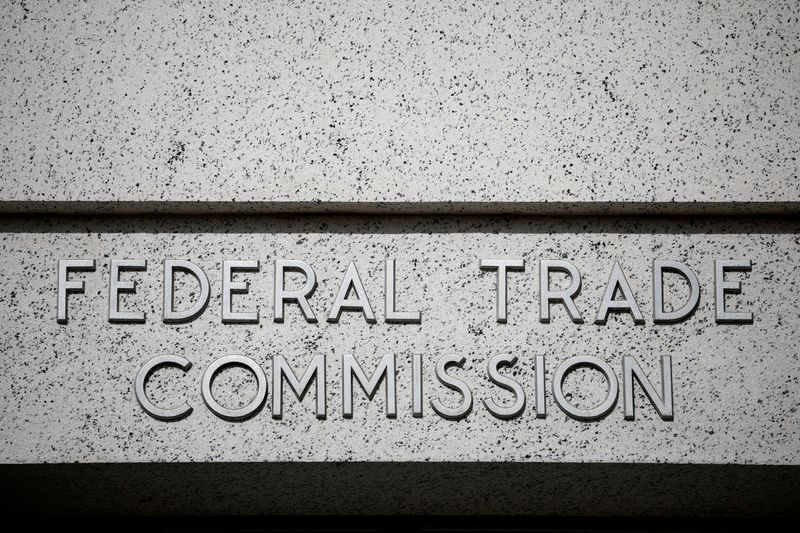
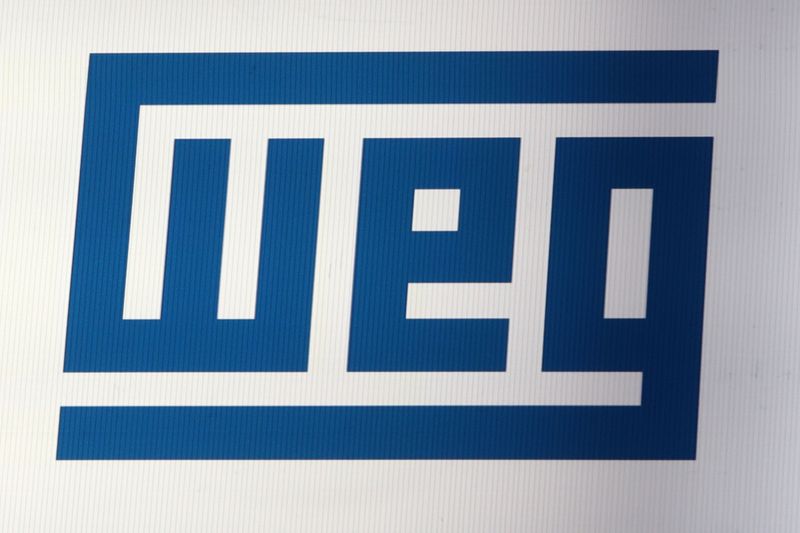
















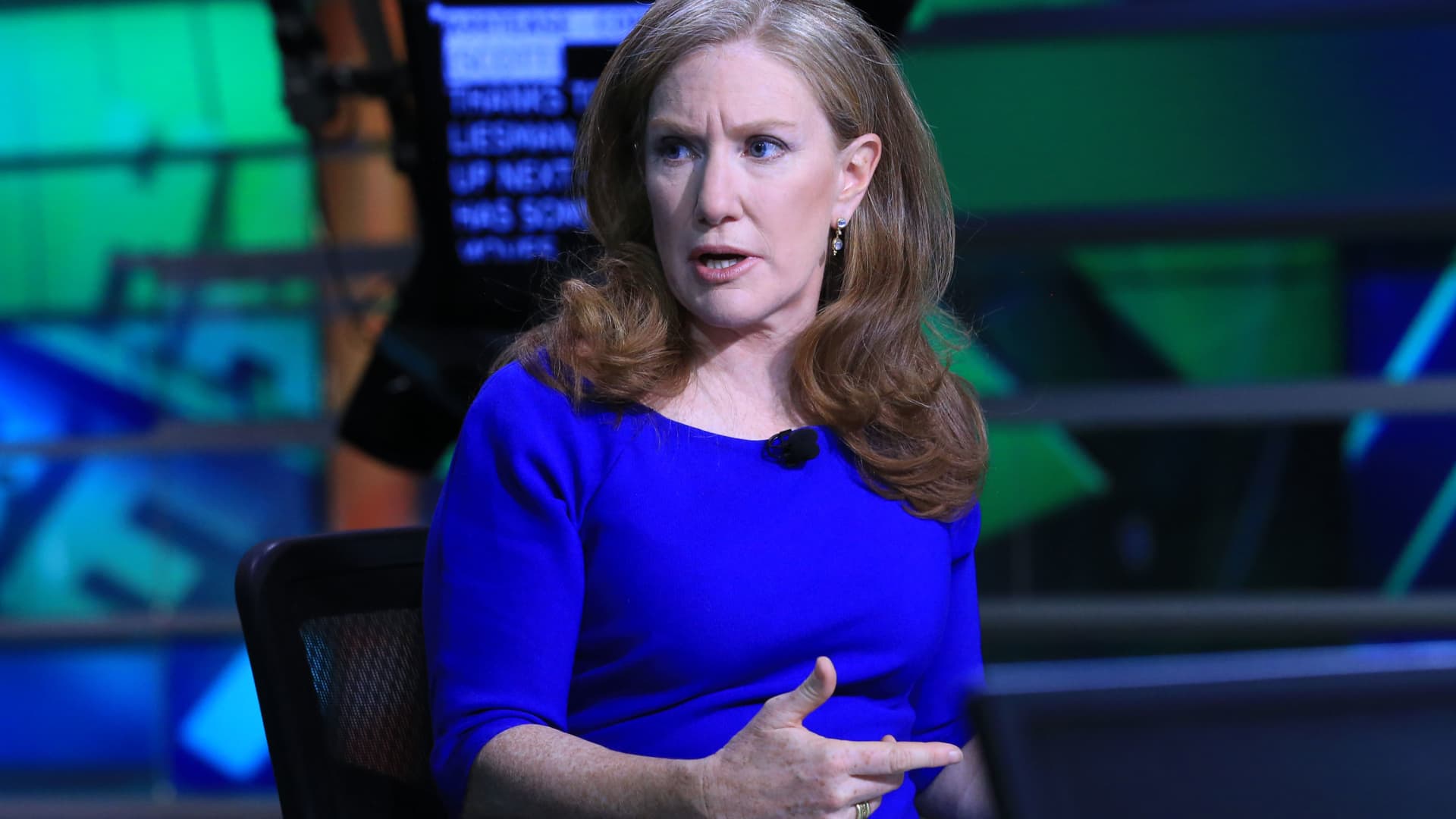


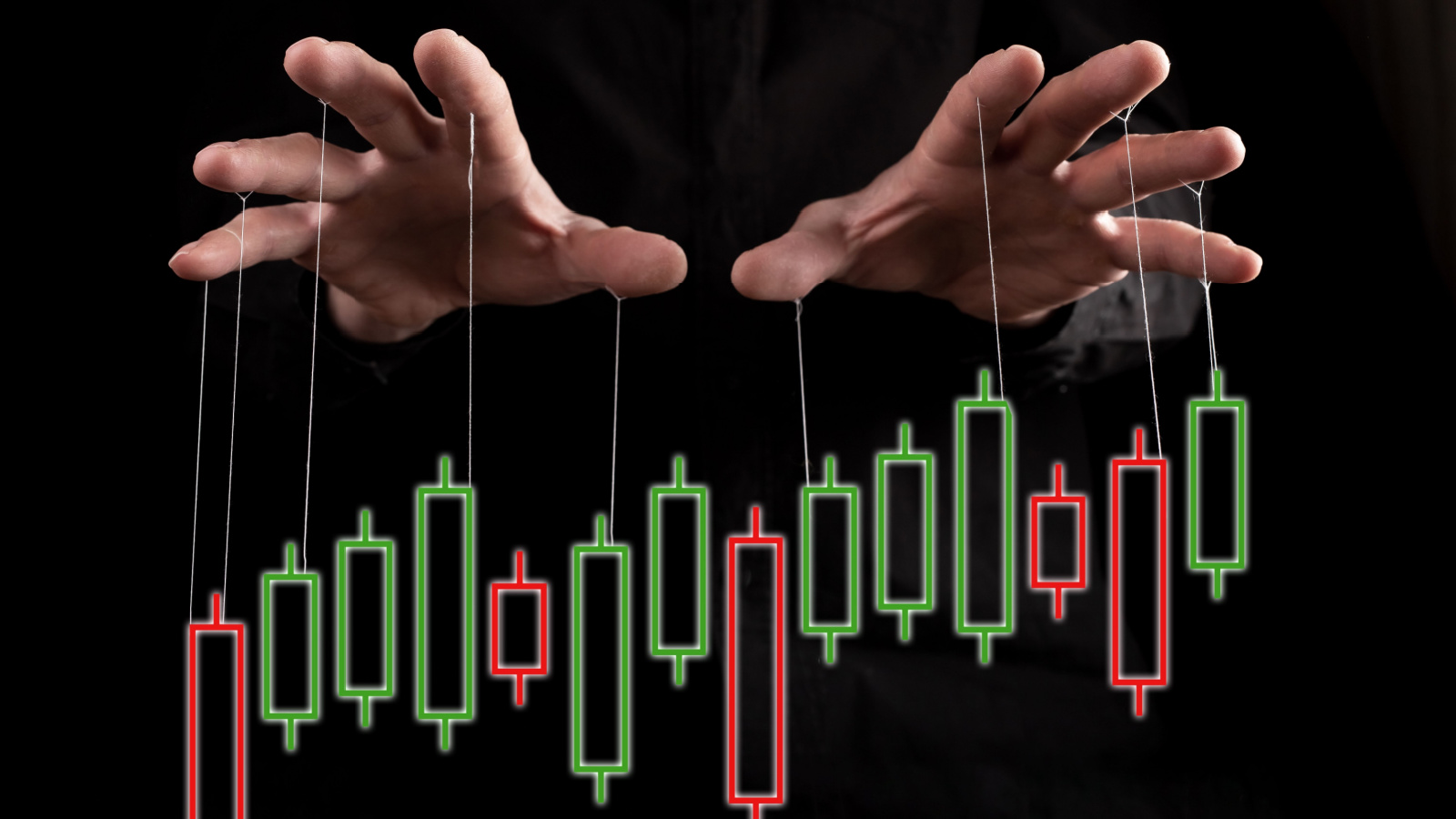










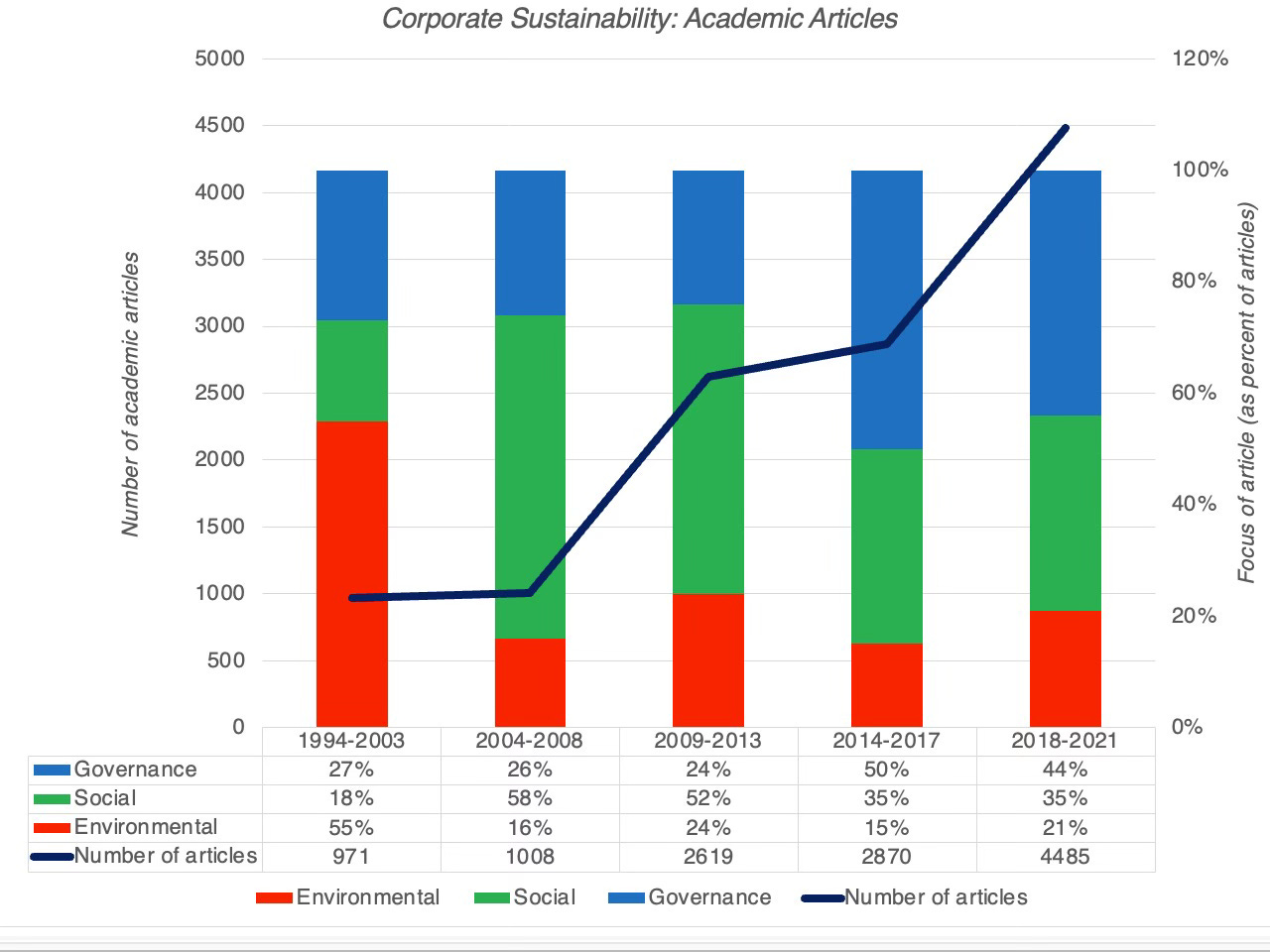



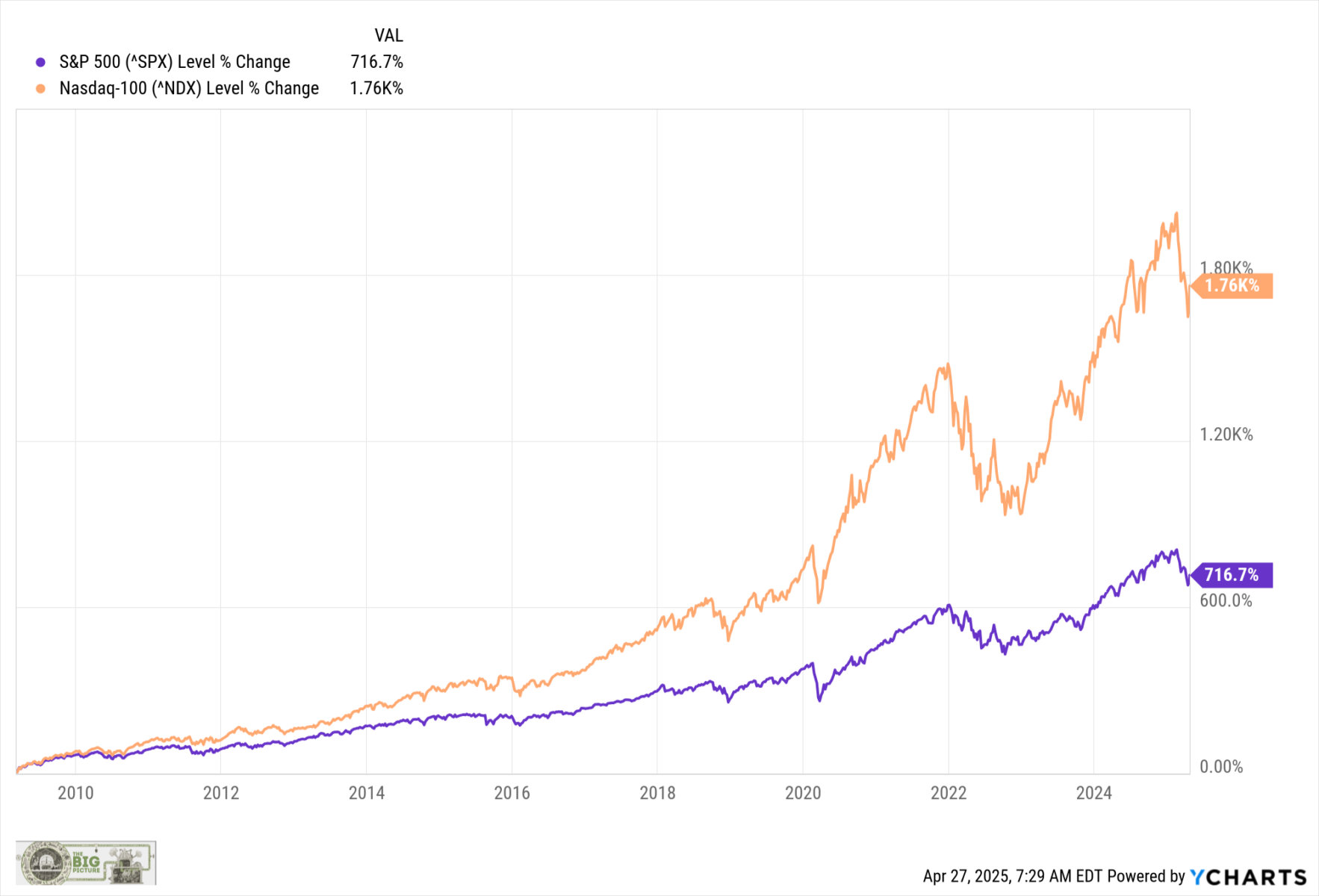
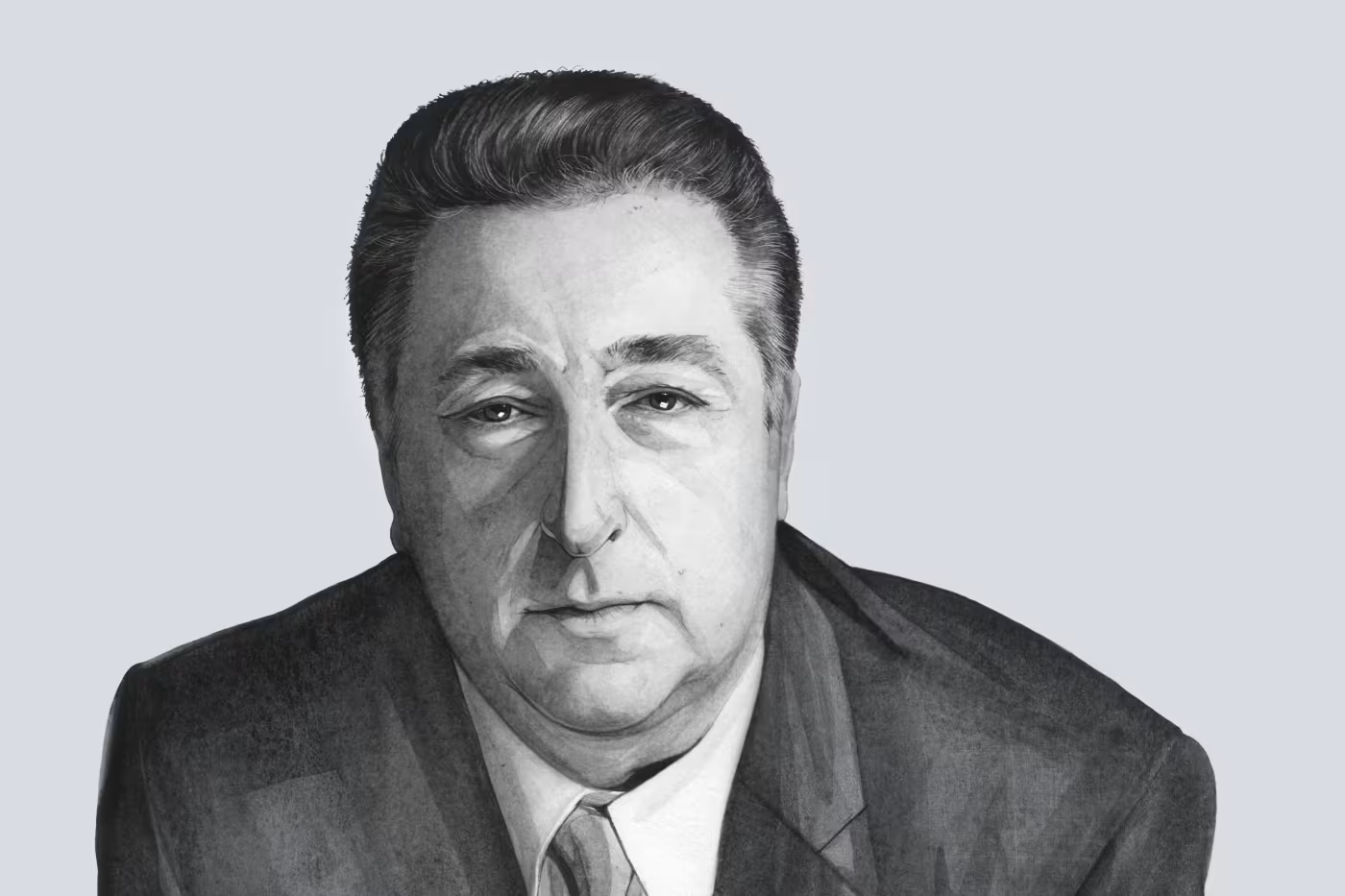
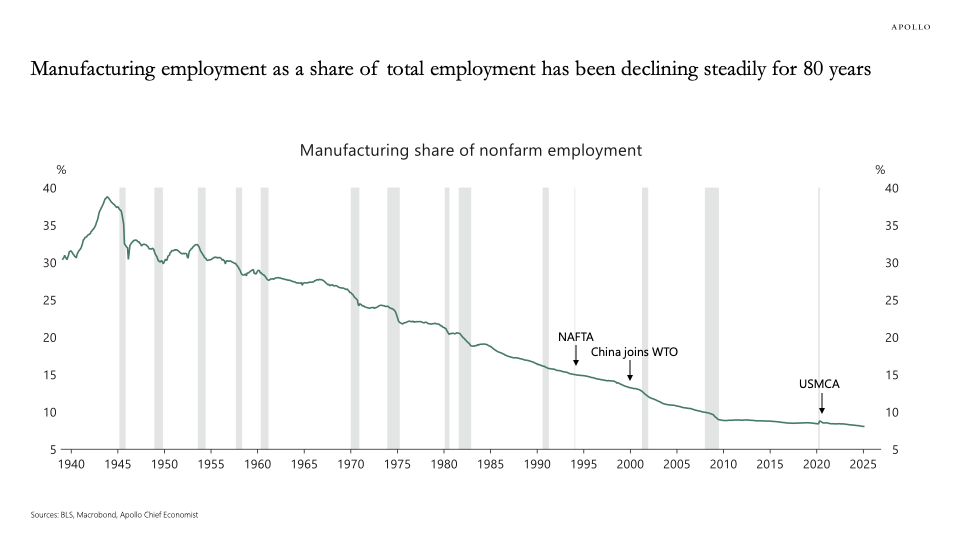






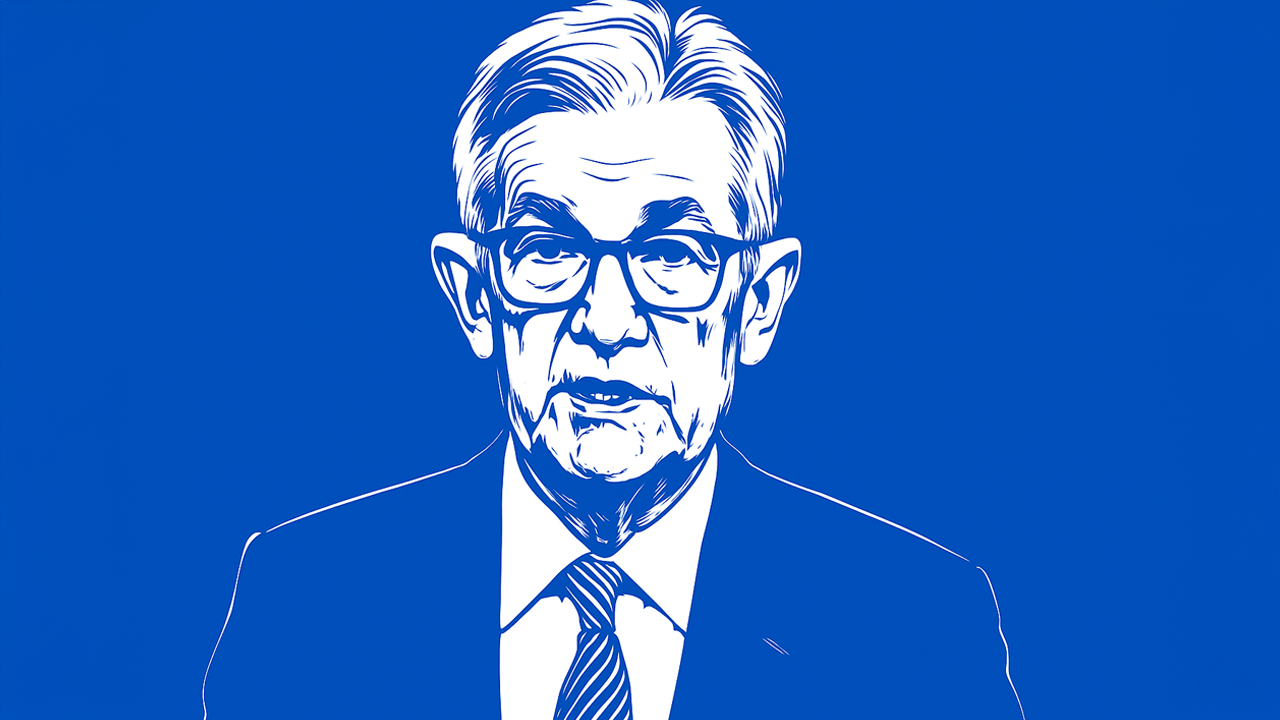


































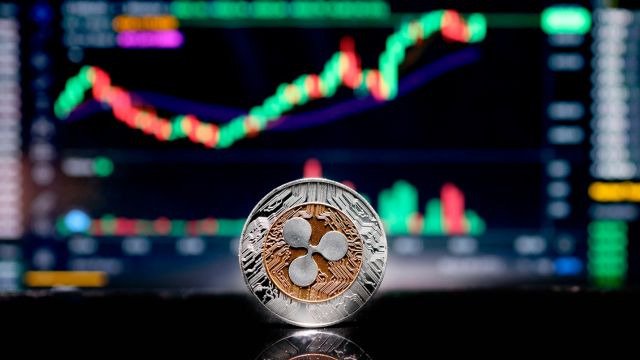






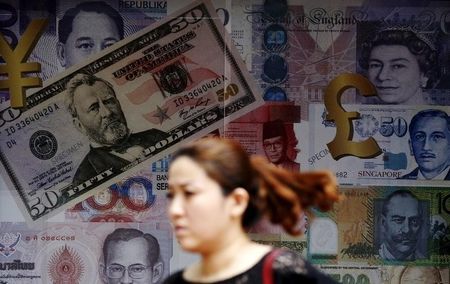






-logo-1200x675.png?v=20240521153233&w=240&h=240&zc=2)





